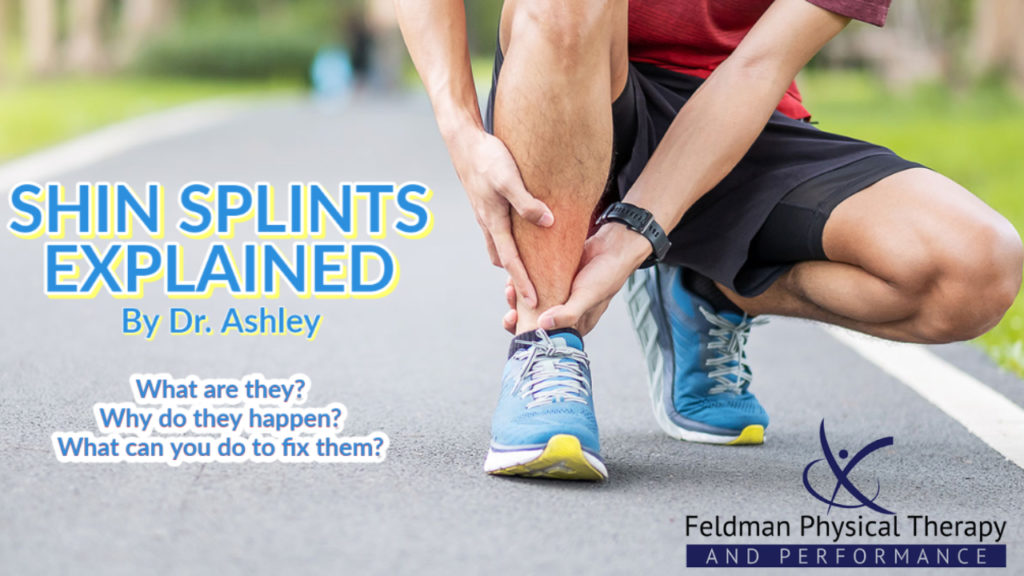SHIN SPLINTS EXPLAINED
Revamping Shin Splint Rehab
Oh, the good old shin splint. Have you tried foam rolling, resting, and stretching but it keeps coming back?
Well, folks, a lot of the time doing those three things won’t make the change you’re looking for.
Shin splints are an overuse injury. They often occur due to a variety of factors including:
- A spike in training volume without appropriate build-up.
- An increase in training intensity with poor training strategies.
- Poor recovery techniques (no days off, poor sleep, impaired nutrition, etc.).
(Please note, this list does not include a change in playing surface or shoe wear. Although these may be a contributing factor, it is more likely one of the above factors contributing to the development of shin splints.)
Shin splints occur when you ask your body to do more than it is capable of. They can occur on the inside or front of your shin. Basically, your muscles become irritated and sore and provide a warning sign that you’re doing too much. So, what should you do if you’re experiencing shin splints?
- Re-evaluate your training regimen.
If shin splints start during an increase in training volume or intensity, it’s time to re-evaluate! Time off is not always the best answer for shin splints. You have probably noticed that your shins feel better with activity (if not, it’s time to visit your MD to rule out secondary causes for shin pain). Slow down for a bit and slowly increase your activity level! Also, always remember frequency first, duration second, and intensity third!
- Don’t over-stretch and add in strength training.
Strengthening is the forgotten component when it comes to addressing shin splints. Remember, shin splints are an overuse injury. Technically, your muscles become irritated because they’re not prepared to do what you’re asking them to. Making your muscles stronger is a key component to shin splint rehab! So where to start? Here’s a list.
- Single leg calf raise for 3 sets x 10 – 12 repetitions.
- Double leg calf raise with a ball between heels for 3 sets x 10-12 repetitions.
- Deep static with toe raise for 30 seconds x 3-4 rounds.
- Creep walk for 3 x 30 seconds
- Lateral Toe Taps for 3 sets x 15 repetitions or 3 rounds x 30 seconds.
**If you have questions about these exercises, make sure that you watch the video below! There you will find an example and a more in-depth explanation of each exercise! **
Shin splints are often finicky. Patients who experience them have often had them before. Through trial and error, most learn that rest doesn’t normally heal them and stretching/rolling only provides short-term relief. So, if you are dealing with shin splints, don’t forget your strength training!
As always, if you have any questions about this content, please don’t hesitate to put them in the comments section below.
Bye-Bye Shin Splints!
